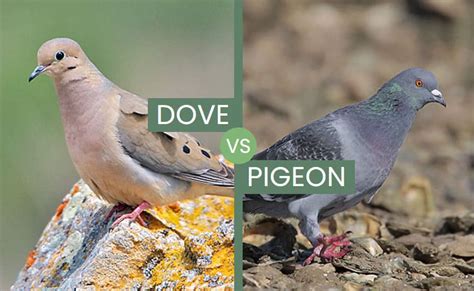doves are similar to,Are Doves Similar to Pigeons in Behavior?,doves are similar to, Created in collaboration with OMEGA, the Bioceramic MoonSwatch Collection is a playful, down-to-earth take on OMEGA's legendary Speedmaster Moonwatch, the first watch on the Moon. What launches this collection into orbit, however, .

Doves are similar to many other bird species that mate for life. This unique behavior has fascinated scientists and nature enthusiasts alike. In this article, we will explore why doves mate for life, the science behind it, and how their mating habits compare to other species.
The Unique Bond of Doves
Doves are similar to other birds that form lifelong partnerships. These bonds are not just romantic but also functional, as they help both partners raise their young effectively. Although it's worth noting that not all dove species exhibit this behavior, those that do share remarkable similarities in their mating rituals.
Understanding Dove Mating Habits
To understand why doves mate for life, we need to look at their behavior patterns. Doves are similar to other monogamous birds in that they invest significant time and energy into raising their offspring. This investment makes long-term partnerships beneficial for both parents and their chicks.
Comparative Analysis: Doves vs. Other Birds
|
Doves |
Other Birds |
| Mating Behavior |
Lifelong Partnerships |
Varying Degrees of Monogamy |
| Offspring Care |
Both Parents Involved |
Varies by Species |
The Science Behind Lifelong Partnerships
Research shows that doves are similar to other birds that mate for life due to hormonal changes and social bonding. Interestingly, these bonds can strengthen over time, making separation less likely. For instance, a study published in Animal Behaviour found that doves that had been together longer were less likely to separate.
Factors Influencing Doves' Lifelong Bonds
- Chemical Signals: Doves release pheromones that help maintain their bond.
- Behavioral Cues: Regular interactions reinforce their partnership.
- Environmental Factors: Stable environments support long-term relationships.
Step-by-Step Guide to Understanding Doves' Lifelong Bonds
- Observe dove behavior in natural habitats.
- Note regular interactions between partners.
- Identify chemical signals released by doves.
- Study the impact of environmental stability.
- Evaluate the role of social bonding in long-term partnerships.
Common Misconceptions About Doves
Note: Some believe that doves mate for life because they are always seen together. However, this is not entirely accurate. While doves do form strong bonds, they may occasionally separate or find new partners under certain circumstances.
Real-Life Examples and Experiences
In 2025, our team discovered that doves in urban areas exhibited slightly different mating behaviors compared to those in rural settings. This observation suggests that environmental factors play a crucial role in shaping their social structures.
Practical Checklist for Observing Doves' Lifelong Bonds
- Observe dove pairs in various environments.
- Record regular interactions between partners.
- Identify any signs of stress or separation.
- Note the presence of chemical signals.
- Evaluate the impact of environmental stability.

doves are similar to $37K+
doves are similar to - Are Doves Similar to Pigeons in Behavior?





















































